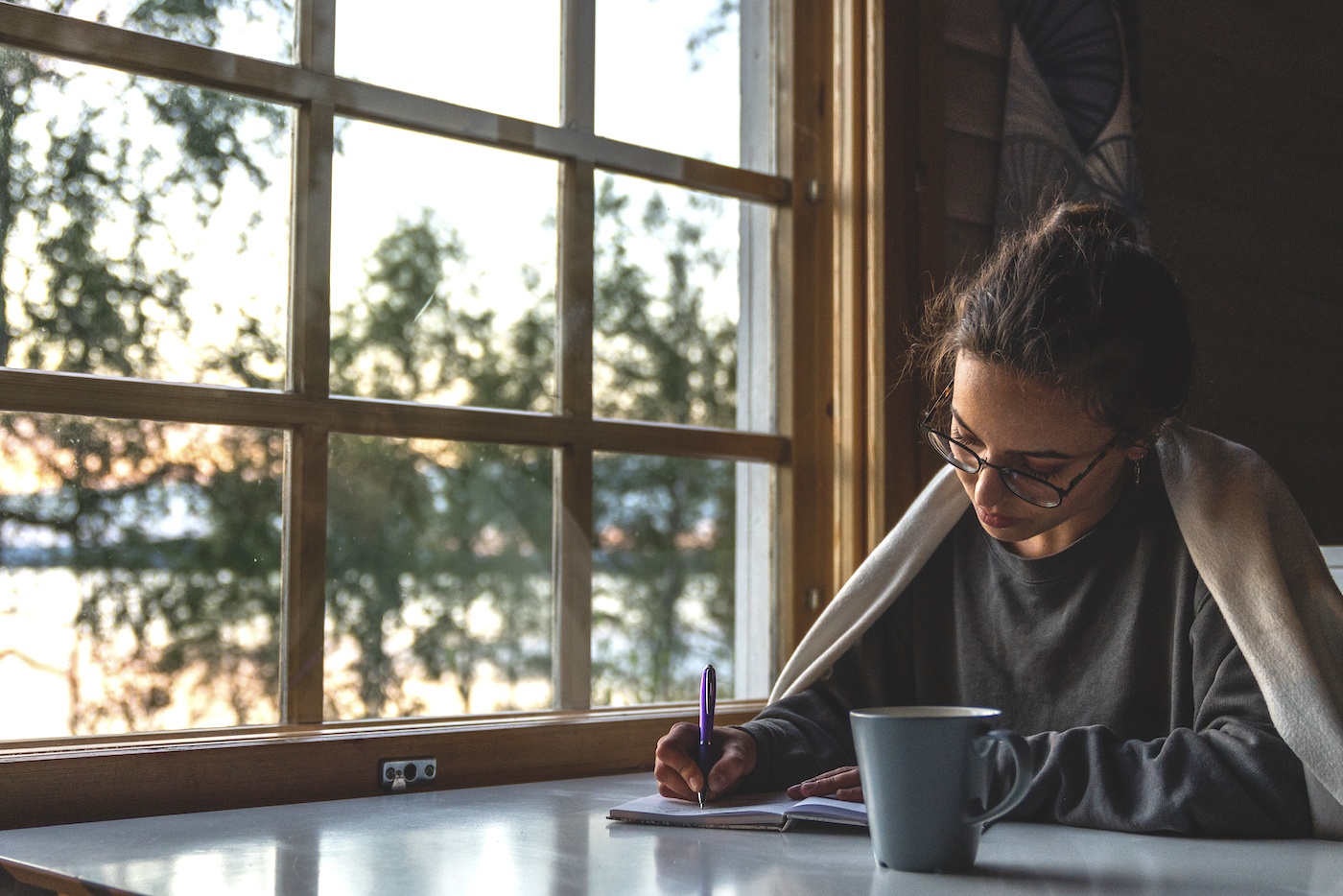
September 29, 2019 at 09:00PM by CWC
When my two daughters were young, and slowly and diligently working on their penmanship, I delighted in their keen interest in my own handwriting. “Mommy, you are a good writer,” my youngest, then 5, announced one day, nodding over a grocery list I’d left on the countertop. It was some years before she would distinguish writing from writing, but in the meantime, I took pains whenever drafting a family calendar to stick on the fridge, or a lunchbox note or birthday card, carefully configuring the cursive loops and whorls as I’d learned to do so long ago. It wasn’t calligraphy—I was never known for an elegant hand—but the script I used was appealingly deliberate, smooth, and simple.
This year, however, with my eldest in middle school, more often than not our family conversation involves emojis, and I’ve found myself missing the act of taking that slow, rhythmic approach to communication.
One evening, a friend, a professional modern dancer in New York, helped me breathe new life into my interest in writing by hand. “The best movement exercise I ever did in a dance class was one where we were asked to write our own names in cursive with our bodies,” she said. “I had a teacher who asked us to do that every year and it was profound.” There was structure to this exercise, a prompt: Write your name with your body. But there was also freedom to explore. I liked the idea that cursive writing, even when done with a pen, could be an exploration, leading me into places of myself that I didn’t yet know. I loved the idea that handwriting, the sinuous line itself, could be mysterious and sensual, another avenue for self-expression beyond the content of whatever I might choose to write.
So, for several weeks, I tried Morning Pages, scrawling out my heart’s musings on the stark pages of a journal. The practice of journaling was deeply satisfying, and I confronted my worries and my wishes, revealing glimpses of an inner landscape beyond my day-to-day, especially those dusty corners I’d neglected during years as a mom to younger kids. My handwriting, however, didn’t seem to up to this transformative task. It was a means to an end, a series of quick, weary scrawls that didn’t reflect the depth or substance of the feelings I described to myself on the page, or evoke the joy I found in my best, most careful hand. I wanted form and function, too.
Perhaps producing random acts of beauty each time we pick up the pen could reintroduce us to this lost art of everyday delight in a way that’s fresh and also familiar, too.
Over many centuries, writing has been at the crux of a debate between aesthetics and efficiency, a historical thread detailed so well in Anne Trubek’s book The History and Uncertain Future of Handwriting: Socrates, for instance, argued against writing, which he found inferior to oration, while essayist Thomas De Quincey scolded 18th century aristocrats for writing with exaggerated sloppiness in order to distinguish themselves from overly careful clerks. Yet, in our own century, interest in what is now an outmoded form of technology has been relegated to science. Recent neurological studies have shown that writing freehand activates brain centers that using a keyboard does not, but also that block printing and cursive each produce distinct brain patterns. Writing my Morning Pages felt electric, activated, in that focused mind-centric way. But it didn’t bring that extra bit of lyrical beauty into my days in the way I had hoped it would.
ADVERTISEMENT
ADVERTISEMENTKate Spade Autumn/Winter Sale |
My cravings instead were satisfied by an experiment I began more recently, making a commitment this fall to bring mindful lilting alignment to the fore every time I write by hand. The approach has delivered some twinkling results so far. Just yesterday in the health food store checkout line, instead of slashing across the touch screen and rushing on with my day, I took up the stylus with care and gave it my full attention. “I’m working on my handwriting,” I said, head bowed as I carefully rounded the last letter, savoring the strange moment and the cashier’s bright, astonished smile. “It looks so good,” she exclaimed.
Just as performing a random act of kindness might brighten our days, whether paying for the next person’s coffee or holding the door open for a stranger, perhaps producing random acts of beauty each time we pick up the pen could reintroduce us to this lost art of everyday delight in a way that’s fresh and also familiar, too.
At the same time, however, I hope that bringing this fresh-eyed, mindful approach to my journaling each morning might stir up something entirely new, something that connects heart-to-hand in untold ways as the ink line arches, ripples, turns, rises, and falls into whatever comes next.
Mindfulness doesn’t have to mean sitting still. Here’s how to do a walking meditation, or turn cooking into a therapeutic practice.
Author Jessica Kerwin Jenkins | Well and Good
Selected by CWC
ADVERTISEMENT
ADVERTISEMENTUp to 30% off Gift Sets |




